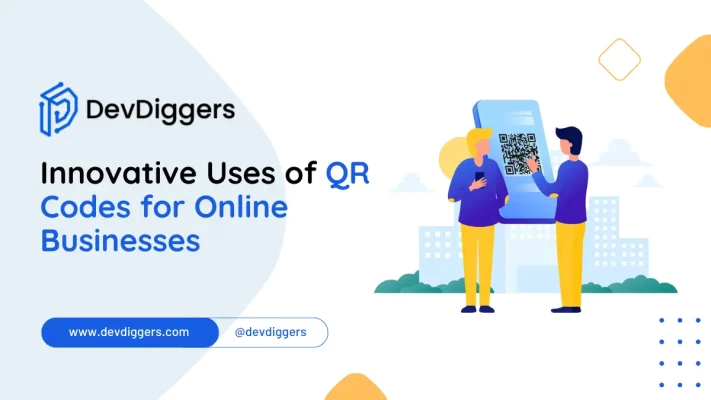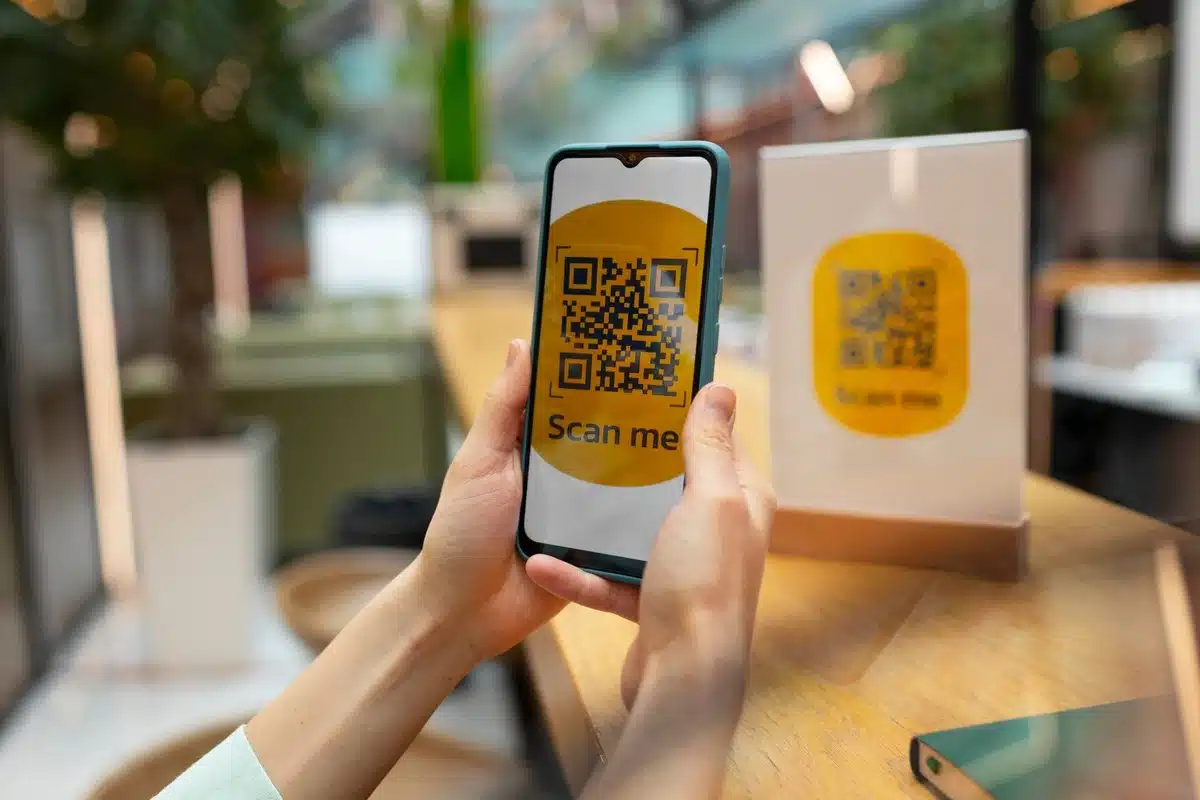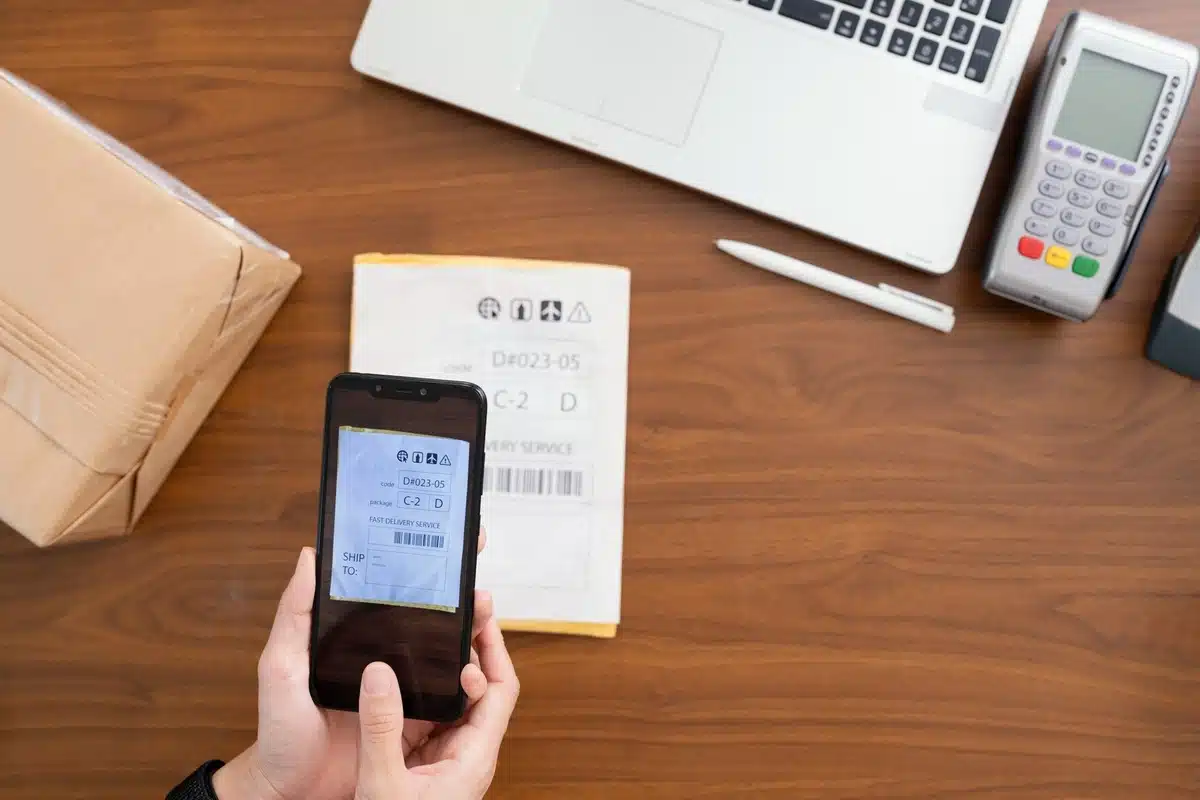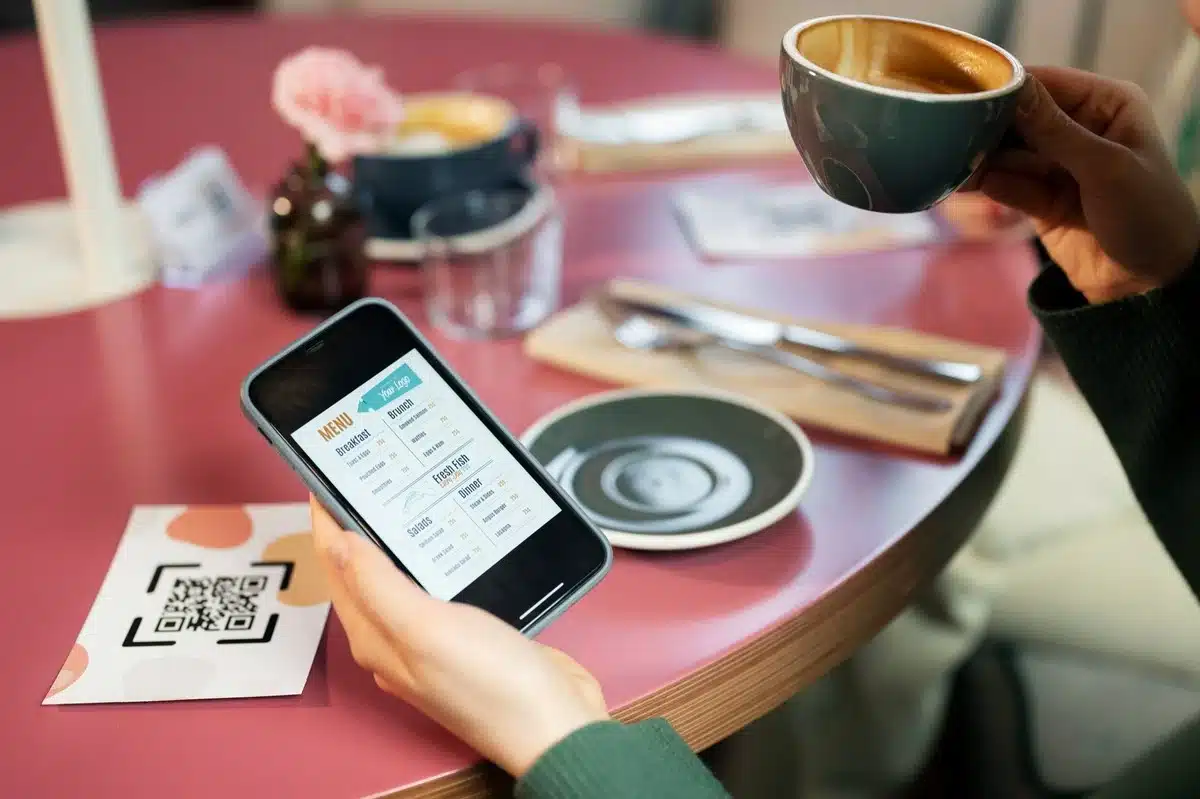Innovative Uses of QR Codes for Online Businesses

Online businesses are thriving in 2024. It is now easier than ever to create a website and sell your products/services online. According to statistics, there are 26.5 million eCommerce websites worldwide, up from 9.2 million sites in 2019.
However, this very increase has also resulted in harsh competition for marketing and sales. Businessmen must rely on increasingly unique ways to make their online stores attractive.
They also have to make their online stores unique in terms of both their goods and their functions. Today, we will examine the uses of QR codes for online businesses and how QR codes can help businessmen with the aforementioned problems.
Unique Uses of QR Codes for Online Businesses
Below are some unique ways QR codes help with digital businesses.
1. Interactive Marketing

As we mentioned in the intro, unique marketing methods are necessary to stay afloat in the highly competitive field of online businesses. Thankfully, QR codes have a lot of marketing potential.
One of the most potent uses of QR codes is interactive marketing. In this method, potential customers do not simply watch passively; instead, they can interact with the advertisement in some meaningful way.
A common example of interactive marketing is mobile game ads. Some mobile game ads let you play the game for a minute or two within the ad. This gives the customer a taste of the product; they become more inclined to buy it if they like it.
QR codes can do something similar. Using augmented reality (AR), QR codes can provide a different kind of advertising experience. For example, let’s say you found a QR code on an online ad. Upon scanning it, you get to see a mascot pop out on your screen and hold up a sign or do something cool.
Something unique like that can help your digital business.
2. Virtual Try-Outs With QR Codes

QR codes have an uncanny ability to meld with augmented reality and virtual reality. Customers can scan a QR code when browsing products and see an AR or VR version to get a better idea about it.
This works with clothes, shoes, interior decoration, and even vehicle and gadget accessories. This solves a recurring issue with online stores.
One of the major problems customers have with online stores is that they cannot determine what the product will look like from pictures alone.
At the very least, a video showing it in action (without any editing) is required to understand the product. QR codes can take that further. Let’s look at the clothing example.
Imagine a website that lets you select a body type that is similar to yours, and then you can input the height to get it closer to your dimensions. Now, imagine if all the clothes you are browsing show up on a mannequin of the same type and height, and you get to see how the clothes look.
Wouldn’t that be a better experience? A QR code on each product can help customers quickly check the “try-out” display in either AR or VR (if they have the hardware). It would provide a whole new online shopping experience for customers.
3. Instant Access to Shopping Guides and Product Info
Product pages often contain extremely condensed information to prevent customers from being overwhelmed. However, the summarized list will satisfy any customer who wants more information.
You can do many things to rectify that, but a good approach is to use a QR code. A QR code can be a gateway to another page and display the detailed information.
A unique way to utilize QR codes is to incorporate smartphones. Nowadays, most smartphones have a built-in QR scanner. So, instead of programming the code to open a new page for detailed information, you can make the info appear directly on the smartphone screen.
If some phones don’t have a built-in scanner or the consumer wants to scan the code on their computer, they can use online QR scanners. Hence, the technology is accessible to everyone.
This approach works for both online and offline stores. However, it is more beneficial in online stores where you cannot get help from a store employee.
4. Easy Order Tracking

Order tracking is part of an online shopping experience that makes new shoppers anxious. In an offline store, you go to the physical location, buy something, and bring it back with you.
That’s not the case in online stores. You must wait for the store to pack your stuff and ship it to you in a few days. The wait for the products to arrive can be anxiety-inducing, especially if you have already paid for them (as opposed to the cash-on-delivery option).
Knowing where your order is in shipping can help alleviate the stress and manage your expectations. QR codes are a great way to track orders easily. Instead of providing just a tracking number to the customer, stores can also provide a QR code.
Scanning of the code will automatically lead to a website where the tracking status of your order will be provided. Here, the customer can see if their product is being packed, in transit, in an intermediate warehouse, or out for delivery.
Although it is a bit extra, it provides the convenience shoppers expect from a good online experience.
5. Quick Access to Customer Support
Online stores need to have an advanced customer support system. However, it can be a bit daunting for people to access customer support. The lack of a physical employee to help them is heavily felt here.
Businesses need to make the customer support system easy to access and use. While the design of your customer support system is a different discussion altogether, accessing it falls within the scope of our discussion.
Normally, finding the customer support page is a bit of a hassle. You have to navigate through a few menus to find the page. Then, you have to answer some routine questions, and if your problem is advanced enough, you get directed to a live agent who will deal with you.
Automated chatbots provide a way to access a diminutive version of customer support instantly. However, this version often feels too limited. QR codes offer a better alternative. A conspicuous QR code labeled “Customer Support” that, when scanned, directly takes you to the relevant page is more useful.
It can be argued that a simple page link in the navigation tab would be just as good. So, another solution is to program the QR code to open a pop-up on the webpage.
This popup should contain options related to the customer’s page instead of a general one. For example, if the customer is on the checkout page, the information should relate to payment options and related problems.
This way, customer support is made more reliable and user-friendly.
6. Fast Payments with Wallet Integrations

Perhaps the most common use of QR codes is in payment systems. We have seen their use in restaurants and retail stores. They are popular in contactless payment as they don’t require physically handing cash to another person.
In the post-pandemic world, contactless payments have become closer to the norm than ever. This means that people have been using wallets integrated with QR scanners for payments for quite a few years.
Online stores can take advantage of this. Instead of requiring customers to input their card details manually, stores can provide a QR code that automatically retrieves the information from the customers’ wallet apps.
This approach is much better as it saves time and is far more convenient. Manually entering credit/debit card details for the first time can take up to five minutes. With QR codes, the entire process takes barely 10 seconds. Hence, they are a great option for adding more convenience.
You can easily implement a wallet integration on your WooCommerce online store using our WooCommerce wallet plugin.
7. Easier Access to Loyalty Programs
In the current day and year, brand loyalty is more popular than ever. People tend to buy from brands that align with their values. That’s why you see a lot of brands publicizing their “green initiatives,” as environmental friendliness is very important to many people.
One way brands and online stores generate brand loyalty is by offering incentives for said loyalty. This is known as a loyalty program. Loyalty programs provide increasingly generous rewards to customers who buy repeatedly from them.
Loyalty programs usually require opting in. QR codes facilitate the opt-in process and simplify much of the hassle. They also simplify using the rewards system.
QR codes can help people create an account (if they don’t have one) by directing them to the account creation page. It can also help them get rewards in the relevant places, such as discounts on checkout pages.
Easy access to loyalty programs makes customers more likely to use them and become repeat customers. Remember, the key to making QR codes succeed is placement choice and appropriate CTAs.
Don’t randomly distribute them on all of your web pages. Instead, use techniques like “click heatmap” to find high-activity areas of your store and place the QR codes there.
Conclusion
These are some innovative uses of QR codes for online businesses. While most of our discussion revolved around online stores, most of these methods can be used for all online businesses.
QR code implementation is not difficult either. You can easily create them with free online resources, and some simple programming is enough to integrate them into your website. So, there is no reason not to use QR codes for your online business.

DevDiggers
WooCommerce development services agency which provides top-notch eCommerce solutions with our premium quality WooCommerce extensions and web services. Boost your online sales with custom-built, user-friendly and high performance WooCommerce websites.

Leave a Reply